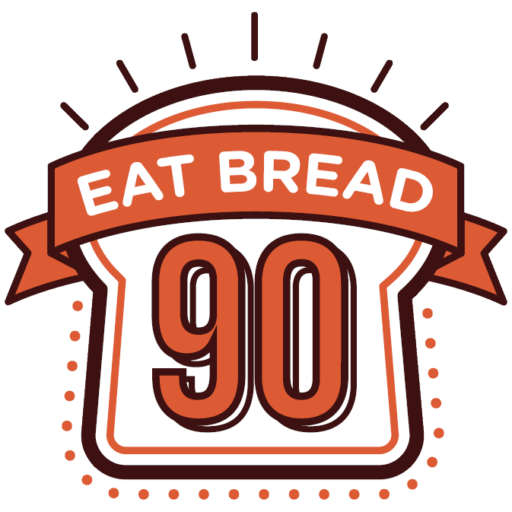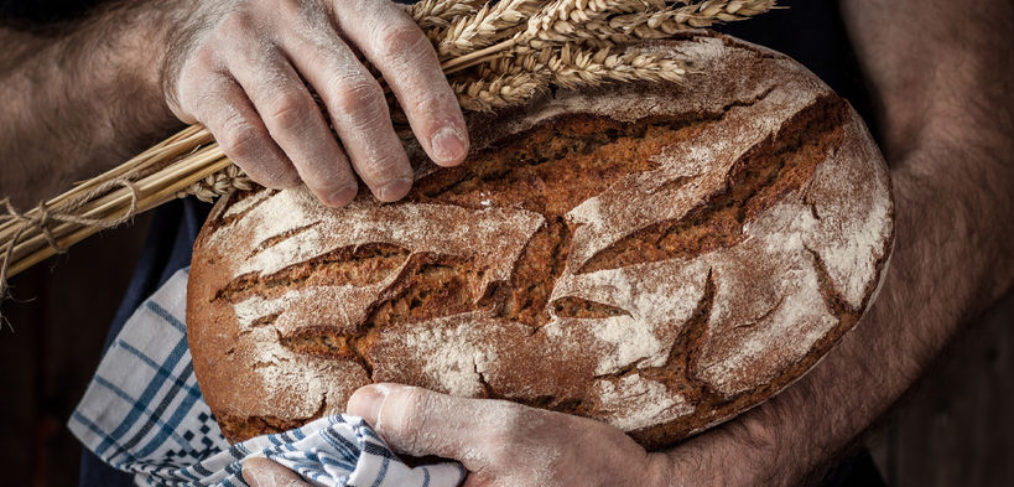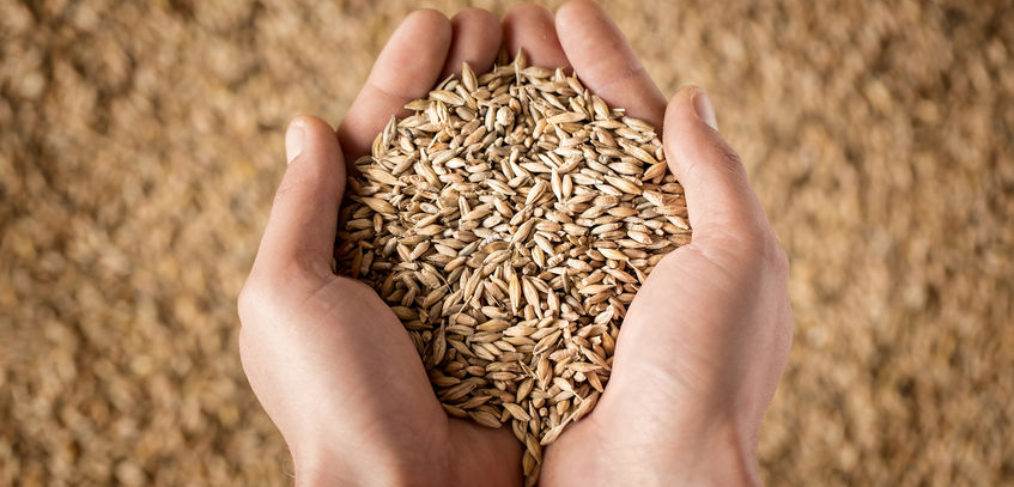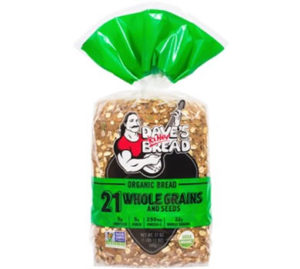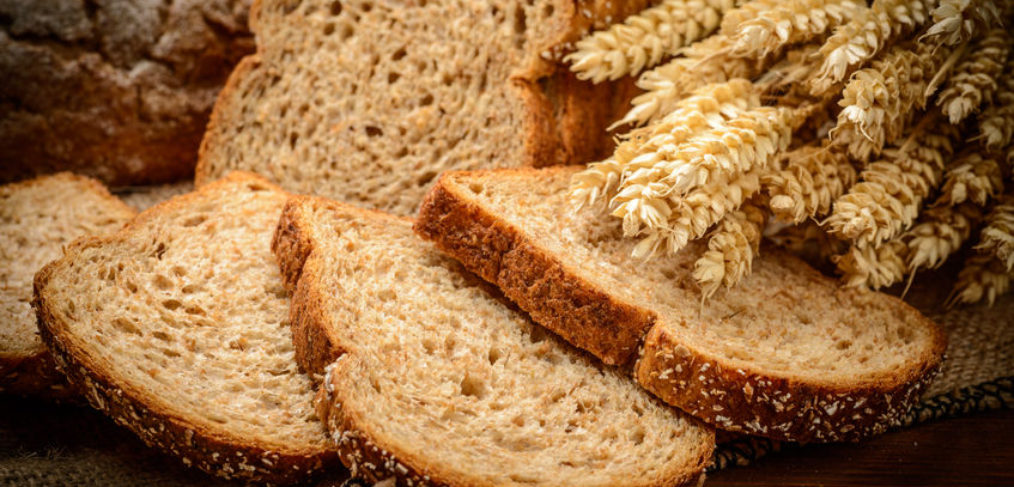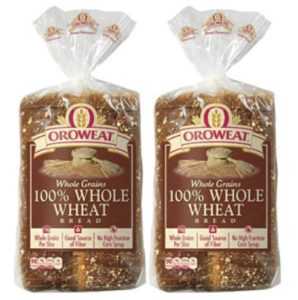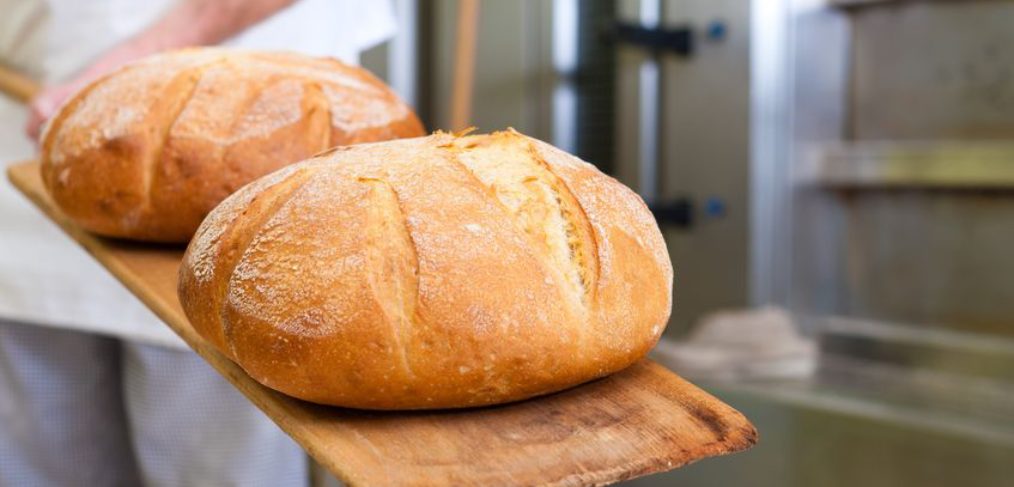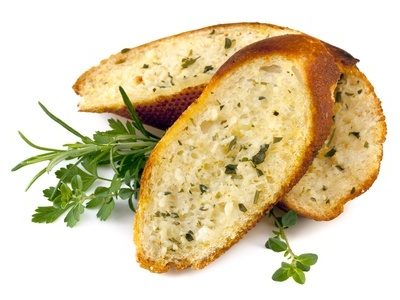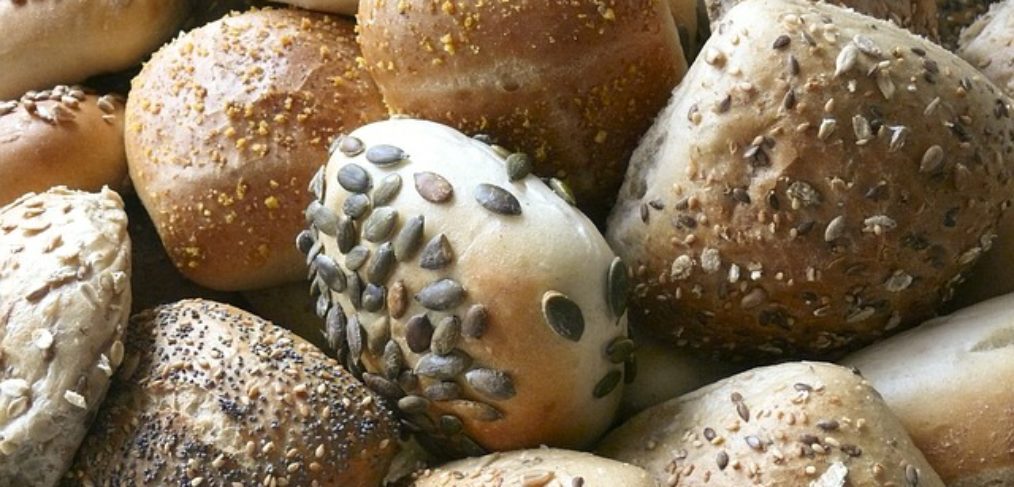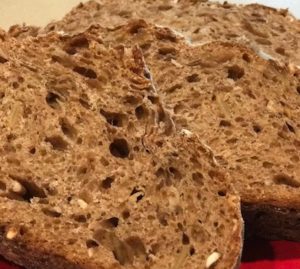Whole grain bread is a whole food. A quick look at Dave’s Killer Bread 21 whole grains and seeds nutritional panel shows a food that is low in saturated fat (0g), a good source of dietary fiber (3g), and a good source of manganese (25%). Let’s take a look at the benefits of eating whole grain bread and the nutrients found in them.
What are the benefits of low saturated fat?
Saturated fat can be recognized by its ability to stay solid at room temperature. Think about coconut oil, butter, and lard – they are all solid when left on the counter. Those are the obvious examples. Saturated fat can be kind of sneaky when it comes to processed foods. Aside from being incredibly tasty, pizza,bacon, donuts and ice cream are high in saturated fat.
So, what is the big deal? Why is the American Heart Association against fun foods?
It comes down to a pretty major disease known as heart disease. Heart disease is the number 1 cause of death in the US. According to the Center for Disease Control (CDC), 614,348 people died from heart disease in 2014.
And 23.4% of all deaths were from heart disease.
What does that have to do with whole grain bread? Well, decades of scientific research have proven whole grains can lower your “bad” cholesterol and lower your risk for heart disease. Eating foods that are low in saturated fats can give you a 23.4% better chance to live to 101.
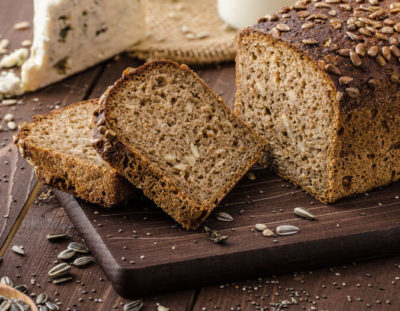
What are the benefits of dietary fiber?
You have probably heard that we all need to eat more fiber. Whole grain breads that contain at least 3% dietary fiber can positively affect your health. Did you know that eating high fiber foods can make you feel fuller longer? This is because the fiber slows the rate that sugar is absorbed into the bloodstream. This slow absorption keeps blood glucose from spiking then falling rapidly. That feeling of hunger is due to rising and falling glucose triggering us to overeat. Foods high in fiber also keep your intestines working properly. Think of fiber as an internal loofa! It cleans bacteria and waste buildup in your intestines reducing the risk of colon cancer and keeping you regular.
Forget about those new cleansing diets where all you do is drink juice; a few slices of whole grain bread with your favorite spread will help you go with the flow!
What are the benefits of manganese?
Whole grain bread is full of essential minerals. What makes minerals essential? All that means is that your body requires these workhorses to continue to function. Essential minerals are categorized by how much our bodies need. You are probably most familiar with the macro minerals: calcium, phosphorus, magnesium, sodium, potassium, chloride and sulfur. However, there are also important trace minerals our bodies require such as iron, manganese, copper, iodine, zinc, cobalt, fluoride, and selenium.
Manganese is a mineral needed in trace amounts by our bodies. Manganese is found in the bones, liver, and kidneys. It is an essential part of many important enzymes involved with energy production, bone and ligament formation, protein and fat metabolism. More study is needed to fully understand how this trace mineral help our bodies function, but researches have learned that deficiencies in manganese can result in arrhythmia, epileptic seizures, abnormal bone, cartilage and disk degeneration (Campbell 2001).
How can you get whole grains in your diet?
Whole grain bread provides some pretty great health benefits when eaten as part of your diet. Aside from the benefits of low saturated fat, being a great source of fiber, and containing many essential minerals it is incredible versatile. You can eat it with an endless selection of toppings from sweet to savory or just toasted with some butter.
When choosing a whole grain bread check for these ingredients on the label:
- whole wheat
- graham flour
- oats
- brown rice
- whole-grain barley
- whole-wheat bulgur
- whole rye
If you would like to learn more about the health benefits of eating whole grains, check out the research published in the Journal of Nutrition:
- “Putting the Whole Grain Puzzle Together: Health Benefits Associated with Whole Grains—Summary of American Society for Nutrition 2010 Satellite Symposium 1 2 3.” http://jn.nutrition.org/content/141/5/1011S.full
If you would like to learn more about essential minerals and your health read:
- Campbell, J.D. “Lifestyle, minerals and health.” Medical Hypotheses 57.5 (2001): 521-531.

Nutritional panel for Dave’s Killer Bread 21 whole grains and seeds.
